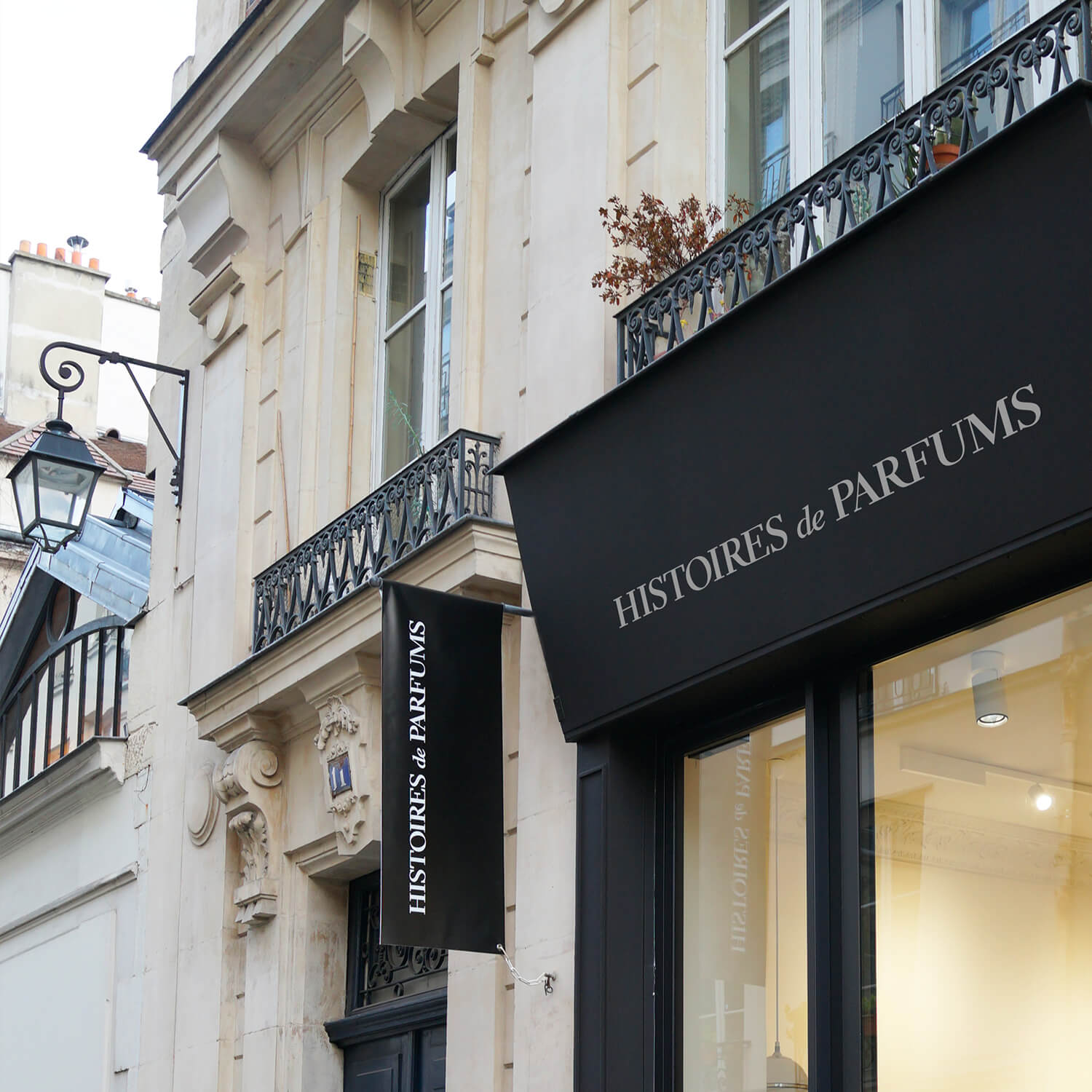October 12th 1512:
the ceiling of the
Sistine Chapel

The Origines
The Sistine Chapel bears the name of its patron, Pope Sixtus IV(1471-1484). It was built between 1475 and 1483 and is to be used as a meeting room for the papal court, which at that time had more than 200 members. The Pope Sixtus IVcalled many Italian artists for the decoration of the whole chapel (Botticelli, Cosimo Rosselli, Pinturicchio...) The ornamentation of the ceiling was entrusted to the artist Pier Matteo d'Ameliawho made a blue background dotted with golden stars.
In 1503, Giuliano della Roverewas elected pope and took the name of Julius II(1503-1513). More attracted by the temporal power than secular (he will remain in posterity as the "soldier pope" for his many companies of enlargements of the papal kingdom), Julius IIembarks on a major renovation of Rome and the Vatican. It is under his impetus that the first stone of St. Peter's Basilica was put on April 18, 1506. It attracts many renowned artists to Rome including Michelangelo Buonarroti(1475-1564) to whom he decides to entrust in 1508, the renovation of the ceiling of the chapel whose nearby works have created a huge crack threatening the whole the structure.
Michelangelo, who is above all a sculptor (he had already realized his David in 1504), hesitates a long time before accepting the proposal of the pope. He finally accepts in May 1508.

The Realization
The initial project submitted by Julius IIhad the 12 apostles as theme. Michelangeloconsiders the project too ambitious and instead decides to produce a fresco representing the major stages of Genesis.
Fresco, comes from the Italian "affresco", which means "in the fresh", it is about painting on a layer of fresh plaster. This technique allows color pigments to better penetrate the surface and keep their hues longer. This type of realization is much more difficult than a classic mural, it requires a high speed of execution because the paint job must be completed before the coating dries. In case of error, the only solution is to completely break the coating to start again.
Michelangelo makes his sketches on large cartons that he pierces with a stylus following the outline of the drawing. He then places the cartons on the fresh plaster and blows over the coal powder. Once the cardboard removed, the drawing is retranscribed on the coating by the coal powder. Michelangelothen applies the paint on the plaster, always starting with the darkest colors.
The completion of the fresco takes four years (1508-1512) with a one-year break between August 1510 and September 1511. It is finally October 31, 1512 that Pope Jule IIinaugurates the new ceiling of the chapel to the occasion of the Vespers of All Saints.
The Fresco
Michelangelois fully committed to the Renaissance movement, which tends to give man a central place in the universe. In search of universal beauty, he represents the naked human bodies in order to enhance them. Note however that for Michelangelo, only the male body could be perfect, it is why the women of the fresco are represented with a body of man...
The nakedness of represented beings created in the following years a scandal across Europe: the Church is accused of posting pornographic images. To put an end to this infamy, and only after the death of Michelangelo, the ecclesiastical authorities will cover the private parts of about thirty characters.
The central part of the fresco is divided into nine parts, subdivided into three large groups representing in chronological order: the Creation of the world, the story of Adam and Eve and the story of Noah. If the most famous scene of the fresco is the creation of Adam, let us emphasize that it is the creation of Eve which occupies the central place of the fresco.
As soon as it was inaugurated, the fresco was an immediate success, Michelangelo's perfect mastery in the representation of human anatomy brought about a decisive turning point in Western painting.




Leave a comment
This site is protected by hCaptcha and the hCaptcha Privacy Policy and Terms of Service apply.